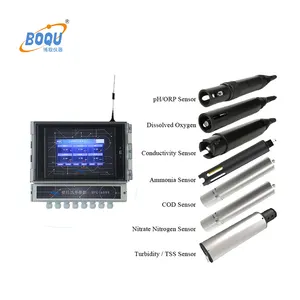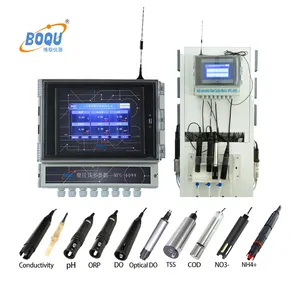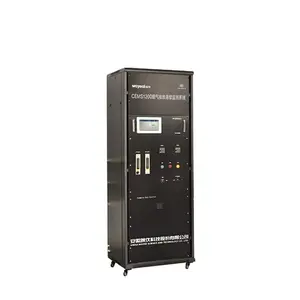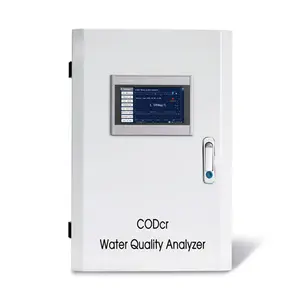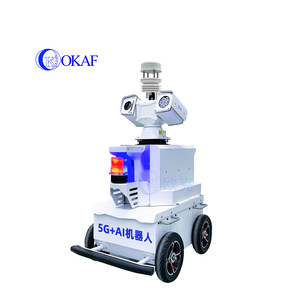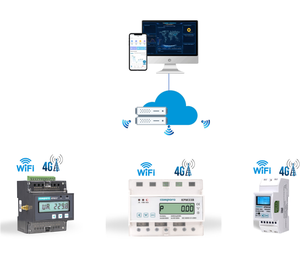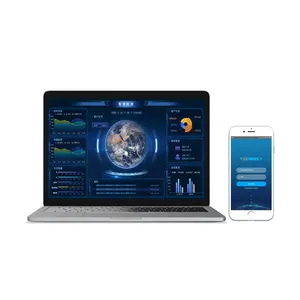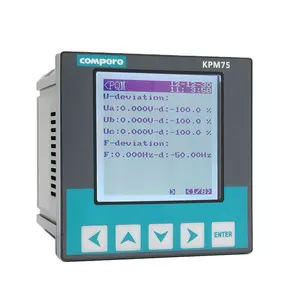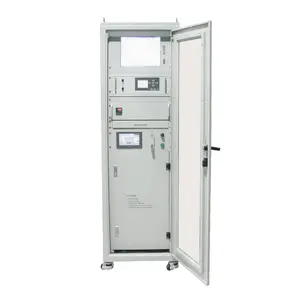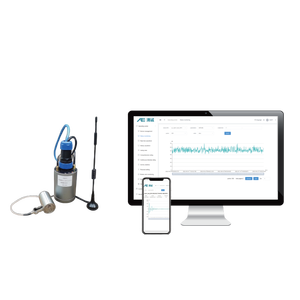Online Production Monitoring System














































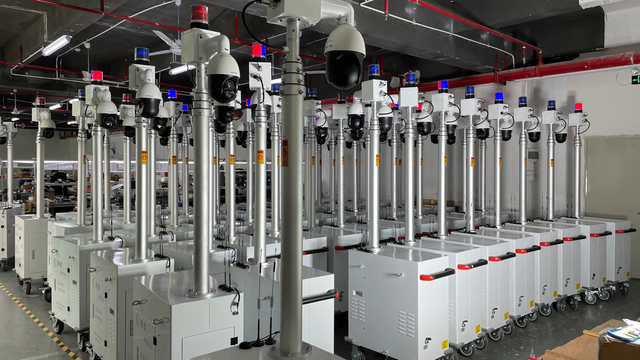









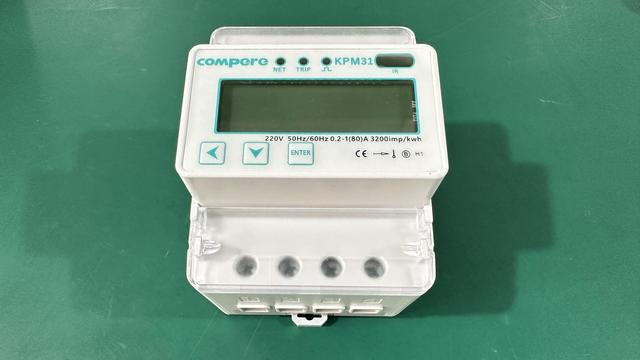


























About online production monitoring system
Where to Find Online Production Monitoring System Suppliers?
China leads global manufacturing of online production monitoring systems, with key supplier clusters concentrated in Jiangsu, Shanghai, and Beijing. These regions host vertically integrated industrial ecosystems specializing in IoT-enabled monitoring solutions for energy, water treatment, beverage processing, and electrical infrastructure. Nanjing and Suzhou serve as hubs for advanced sensor integration and automated control systems, while Shanghai supports high-volume electronics assembly with access to 4G/Wi-Fi module supply chains.
The concentration of R&D centers and component manufacturers within these zones enables rapid prototyping and scalable production. Suppliers benefit from localized access to PCB fabrication, microcontroller programming, and enclosure machining, reducing lead times by up to 30% compared to offshore alternatives. Buyers can leverage proximity to technical talent and testing laboratories to expedite validation cycles. Typical advantages include MOQ flexibility (as low as 1 piece), customization capabilities for analog/digital I/O configurations, and compatibility with SCADA and cloud-based platforms.
How to Choose Online Production Monitoring System Suppliers?
Procurement decisions should be guided by rigorous evaluation criteria focused on technical capability, quality assurance, and transaction reliability:
Technical Compliance & Certification
Verify adherence to international standards such as ISO 9001 for quality management and CE marking for electromagnetic compatibility and safety. For energy or utility applications, confirm compliance with IEC 61850 or IEEE 1686. Demand documentation for calibration procedures, especially for gas, water quality, or power monitoring variants. RoHS certification is essential for environmental compliance in EU markets.
Production and Customization Capacity
Assess supplier infrastructure through the following indicators:
- Facility size exceeding 2,000m² indicating capacity for batch production
- In-house engineering teams capable of firmware development and protocol integration (Modbus, MQTT, BACnet)
- Customization options for sensors, communication modules (RS485, 4G, WiFi), and UI/UX design
- Integration experience with PLCs, DCS, or enterprise-level MES systems
Cross-reference response time metrics (target ≤4 hours) and reorder rates to evaluate service responsiveness and product reliability.
Transaction Security & Quality Control
Prioritize suppliers with verifiable on-time delivery performance (≥94%) and third-party transaction protection mechanisms. Request sample units to validate build quality, data accuracy, and software interface functionality. Conduct remote factory audits via video tour to verify production lines, testing benches, and inventory management practices. Confirm packaging standards for shock-resistant shipping, particularly for sensitive sensor arrays.
What Are the Best Online Production Monitoring System Suppliers?
| Company Name | Main Products | Price Range (Min Order) | On-Time Delivery | Avg. Response | Online Revenue | Reorder Rate | Customization |
|---|---|---|---|---|---|---|---|
| WOBO Industrial Group Inc | Gas Analyzers, Testing Equipment | $290–900 / 1 pc | - | ≤3h | - | - | No |
| Suzhou Xispek Inspection Technology Co., Ltd. | Beverage Processing Lines, Coding Machines | $24,000–42,000 / 1 set | 100% | ≤9h | US $100+ | - | No |
| Nanjing Zhuneng Electric Co., Ltd. | Power Monitoring, Substation Systems | $1,500–3,100 / 1–2 sets | 100% | ≤1h | US $10,000+ | <15% | Yes |
| Acrel E-Business (Shanghai) Co., Ltd. | Energy Monitoring, Microgrid Control | $36–25,000 / 1–5 pcs | 94% | ≤4h | US $50,000+ | <15% | Yes |
| Beijing Jingxiang Environmental Technology Co., Ltd. | Water Quality, Aquaculture Monitoring | $140–5,248 / 1 pc | 100% | ≤1h | US $4,000+ | <15% | No |
Performance Analysis
Nanjing Zhuneng Electric and Acrel E-Business demonstrate strong technical specialization in power and energy monitoring, supported by customization capabilities and responsive communication (≤1h and ≤4h response times). Acrel stands out with higher online revenue (US $50,000+), suggesting established market presence and scalability. Suzhou Xispek targets beverage production lines with full-system integration, though at significantly higher price points ($24K+). WOBO and Beijing Jingxiang offer cost-effective entry-level gas and water monitoring solutions, suitable for small-scale deployments. Buyers requiring protocol flexibility or OEM branding should prioritize suppliers listing customization options in their profiles.
FAQs
How to verify online production monitoring system supplier reliability?
Cross-check ISO and CE certifications with issuing bodies. Request test reports for sensor accuracy, environmental resilience (IP rating), and communication stability. Analyze customer feedback focusing on long-term system uptime and technical support responsiveness.
What is the typical lead time for standard and custom systems?
Standard units ship within 15–25 days. Custom configurations involving unique sensor arrays or software interfaces require 30–45 days, depending on complexity. Expedited builds may reduce timelines by 7–10 days with premium fees.
Can suppliers integrate monitoring systems with existing factory networks?
Yes, many suppliers support Modbus RTU/TCP, OPC UA, and MQTT protocols for seamless integration with SCADA, PLC, or cloud platforms. Confirm API availability and data logging formats (CSV, JSON) during technical vetting.
Do suppliers provide calibration and after-sales support?
Most offer initial factory calibration; some provide on-site commissioning or remote diagnostics. Post-warranty service terms vary—verify availability of firmware updates, spare parts, and local agent networks before procurement.
What are common MOQ and pricing structures?
MOQ ranges from 1 piece for standalone monitors to 5-piece minimums for networked systems. Volume discounts typically apply beyond 10 units. Pricing reflects sensor type, communication method, and enclosure material (e.g., stainless steel vs. ABS).
































